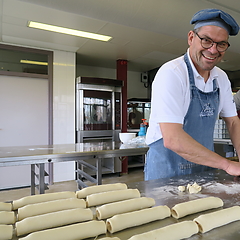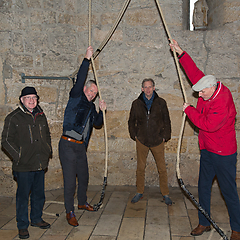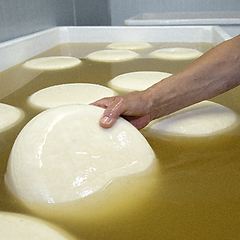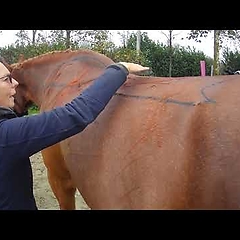Embroidery of samplers is done with yarns of silk, cotton, linen or wool on countable embroidery fabrics of linen, cotton, wool or canvas. We work with different types of stitches, of which 'the cross' is the best known. The sampler has no standard dimensions. Numbers and letters are embroidered on it, often a complete alphabet. Furthermore, a theme is often depicted and borders and scatter figures are embroidered.
The association has 1400 members, most of them aged ladies. Non-members also embroider samplers. Groups are active on social media. In addition, there is a wide circle of suppliers, teachers, writers, publishers and museum staff working on samplers.
The oldest known sampler made in the Netherlands dates from 1608, Samplers were made by girls ranging in age from 5 to 14 years, as an exercise for embroidering and marking the linen to be made later by them and clothing for their trousseaus. From about 1975 the handicraft lesson in primary schools expired. These days, the knowledge and skills are therefore mainly present among middle-aged and older women.



